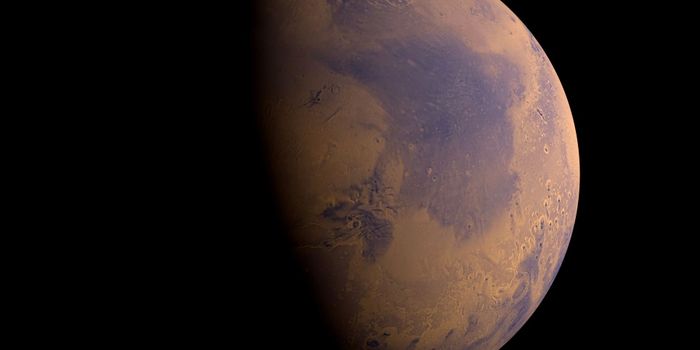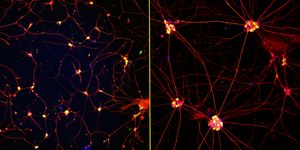Researchers Improve Electron-Photon Coupling for Better Light Emissions
In a recent study published in Nature, and international team of researchers led by the Massachusetts Institute of Technology (MIT) have discovered a novel method to increase the interactions between photons and electrons, also called electron-photon coupling, resulting in a one hundred times increase in light emission from a phenomenon known as Smith-Purcell radiation. This study holds the potential for not only scientific research, but commercial applications, as well.
The interaction between photons and electrons are seen in everyday life, with everything from LEDs to lasers, to solar panels. But this interaction is often mismatched due to the visible light wavelength being 1,000 more powerful than an electron, and this research team might have found a way to close this gap through both laboratory experiments and computer models.
The team built this study from a concept known as flatbands, which involves transferring an electron’s momentum to a group of photons, and it can be done in reverse, as well.
"If you could actually build electron accelerators on a chip," said Dr. Marin Soljačić, who is a professor at MIT, and a co-author on the study, "you could make much more compact accelerators for some of the applications of interest, which would still produce very energetic electrons. That obviously would be huge. For many applications, you wouldn't have to build these huge facilities."
Dr. Soljačić does caution that much more work needs to be done before this research can be translated into practical applications, though, which could take years to make everything function on a single chip, along with having everything work both effectively and efficiently.
Sources: Nature
As always, keep doing science & keep looking up!









